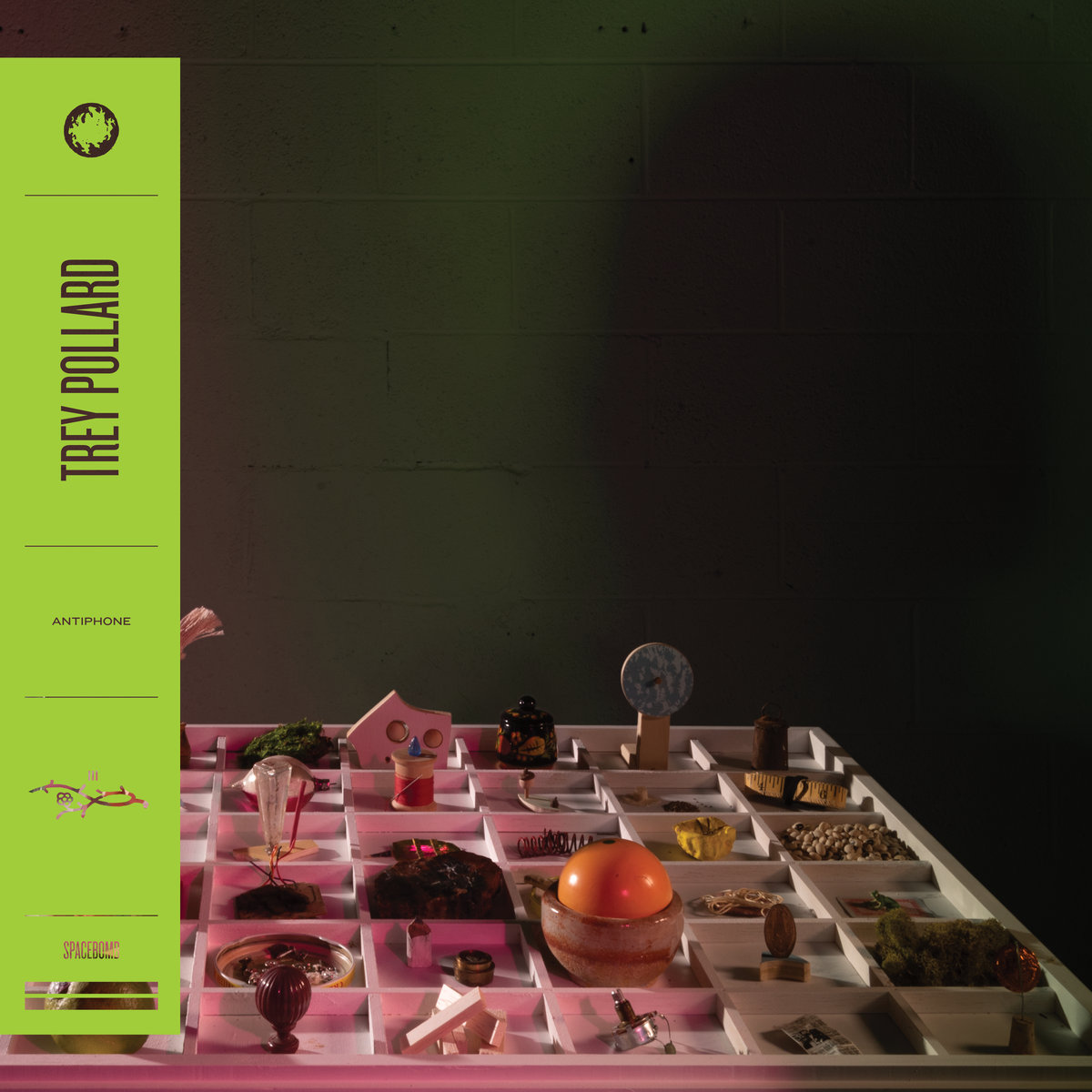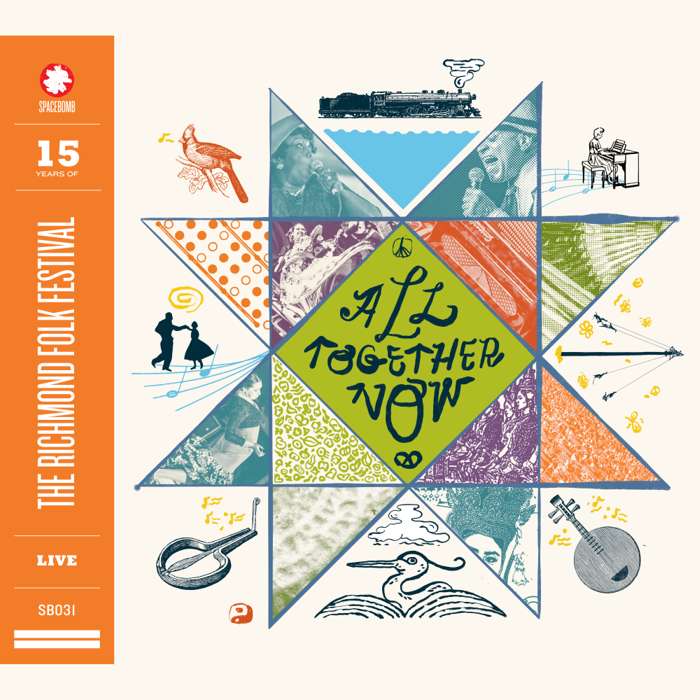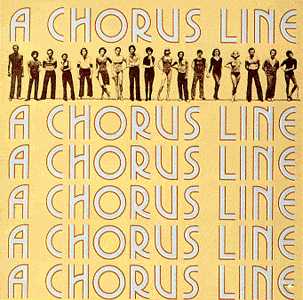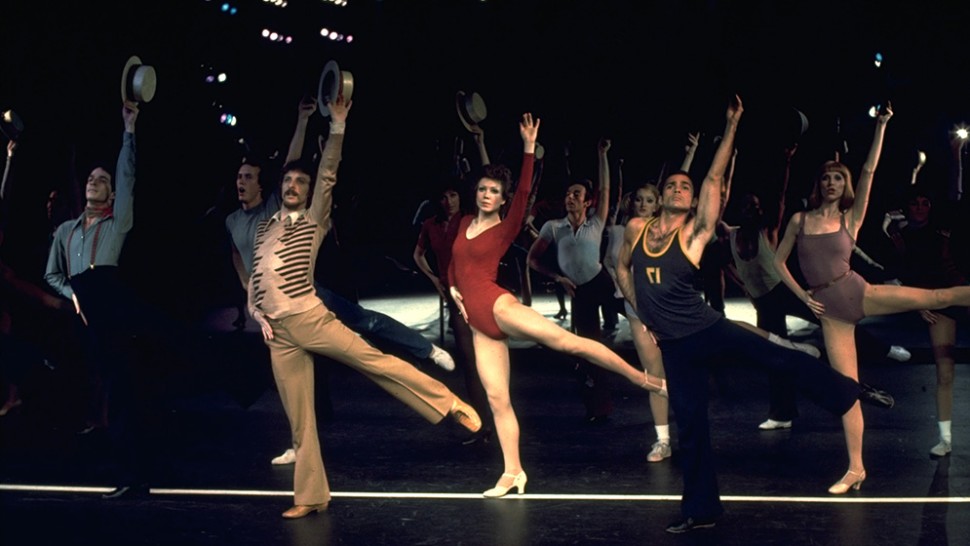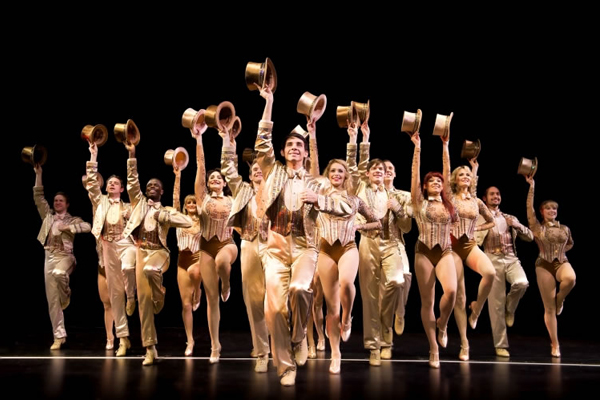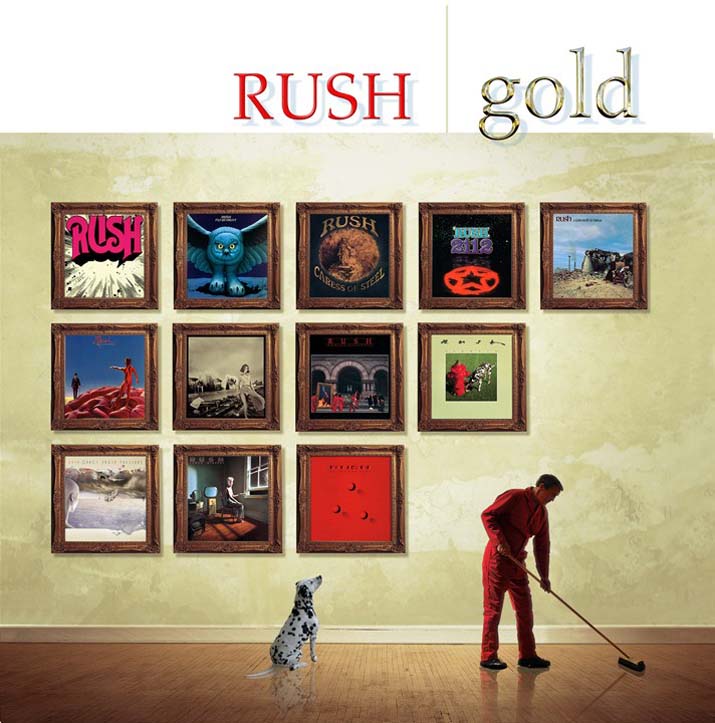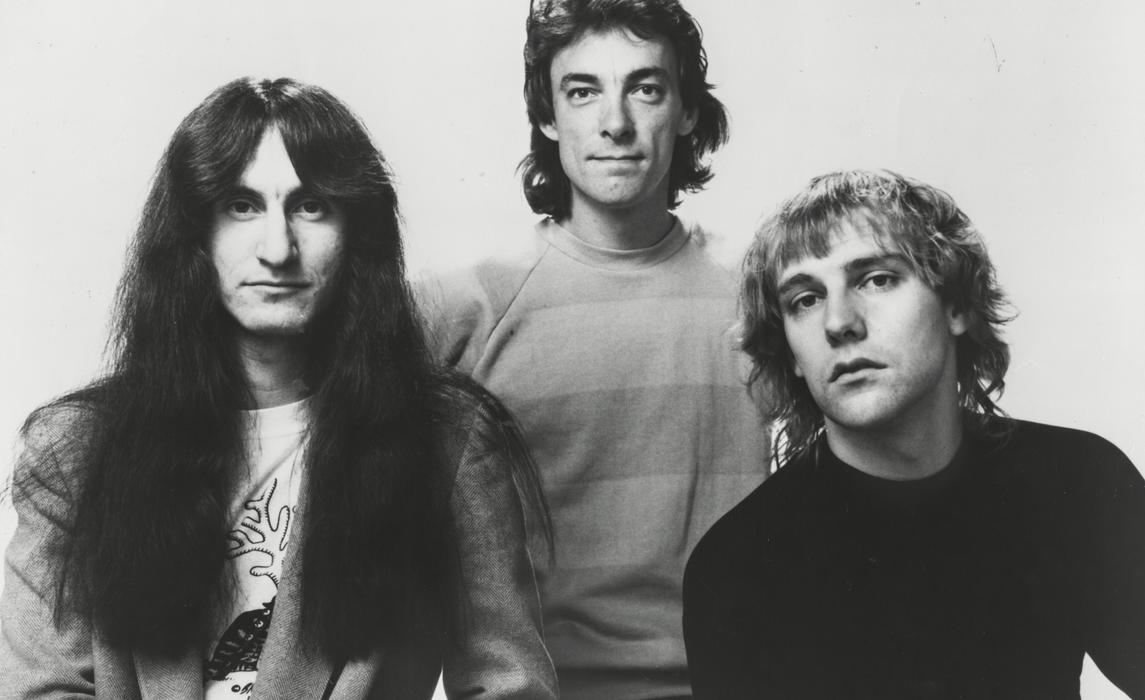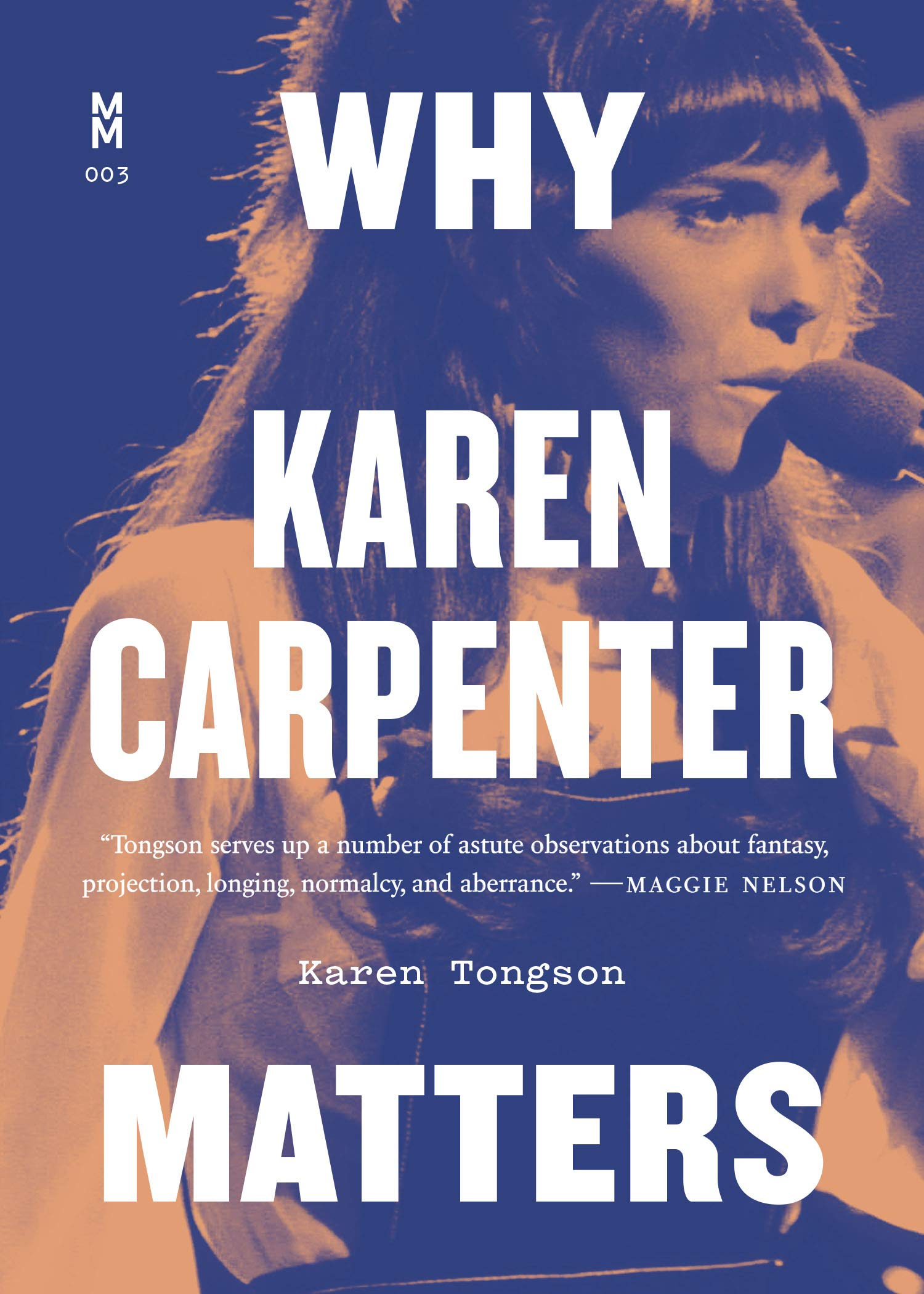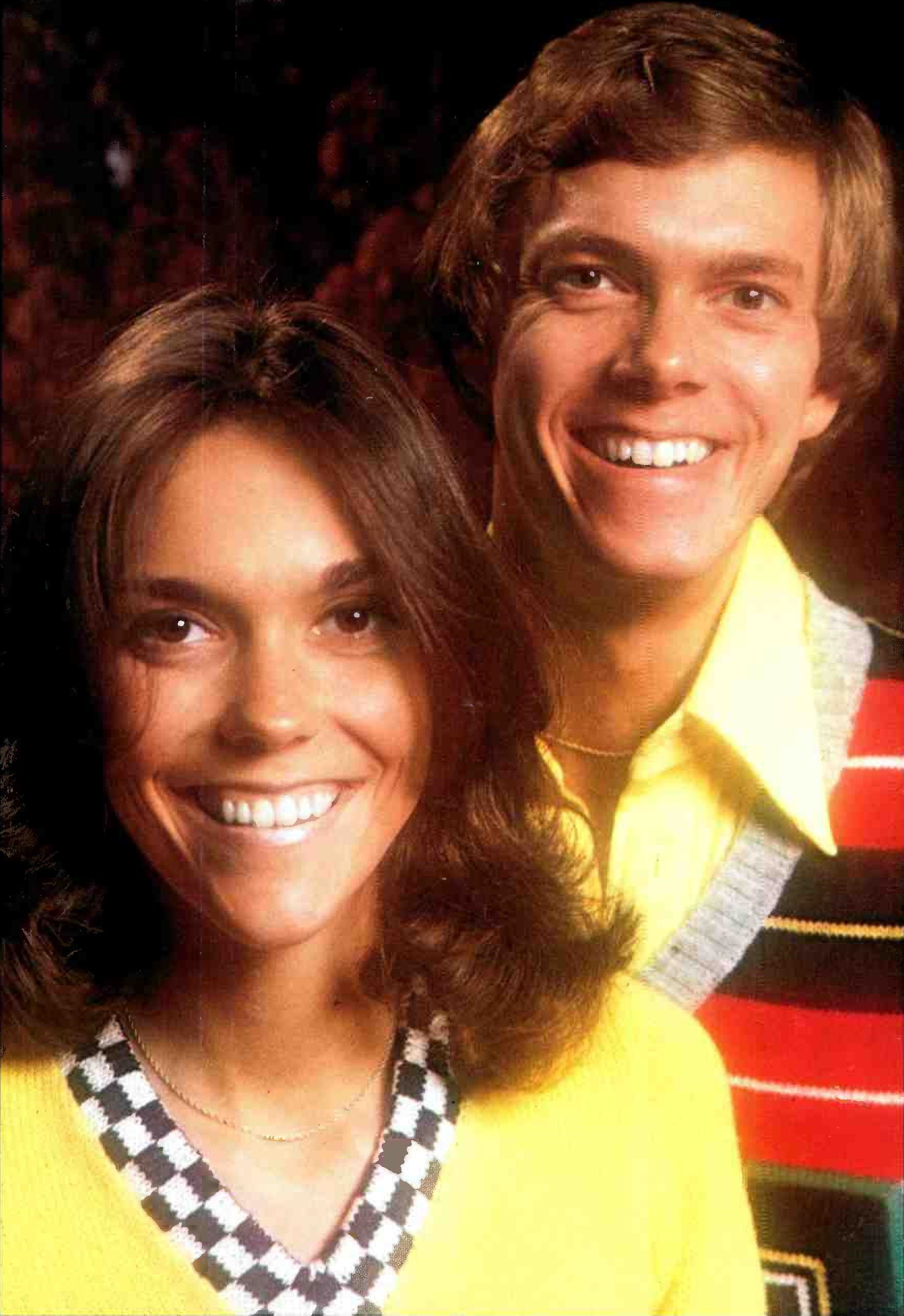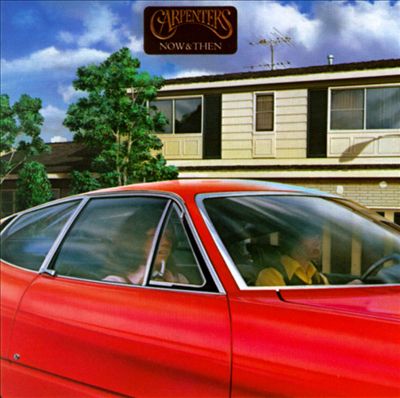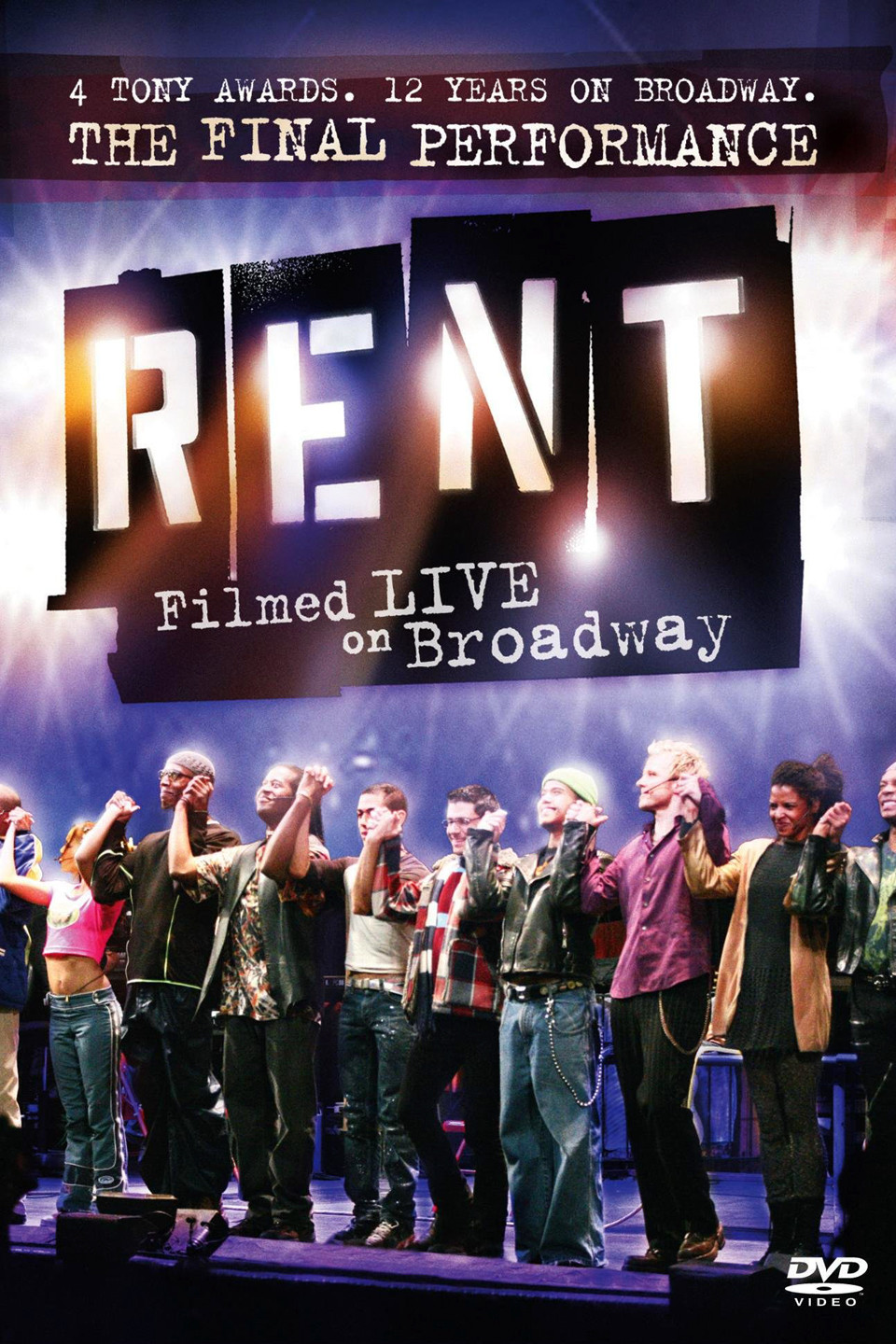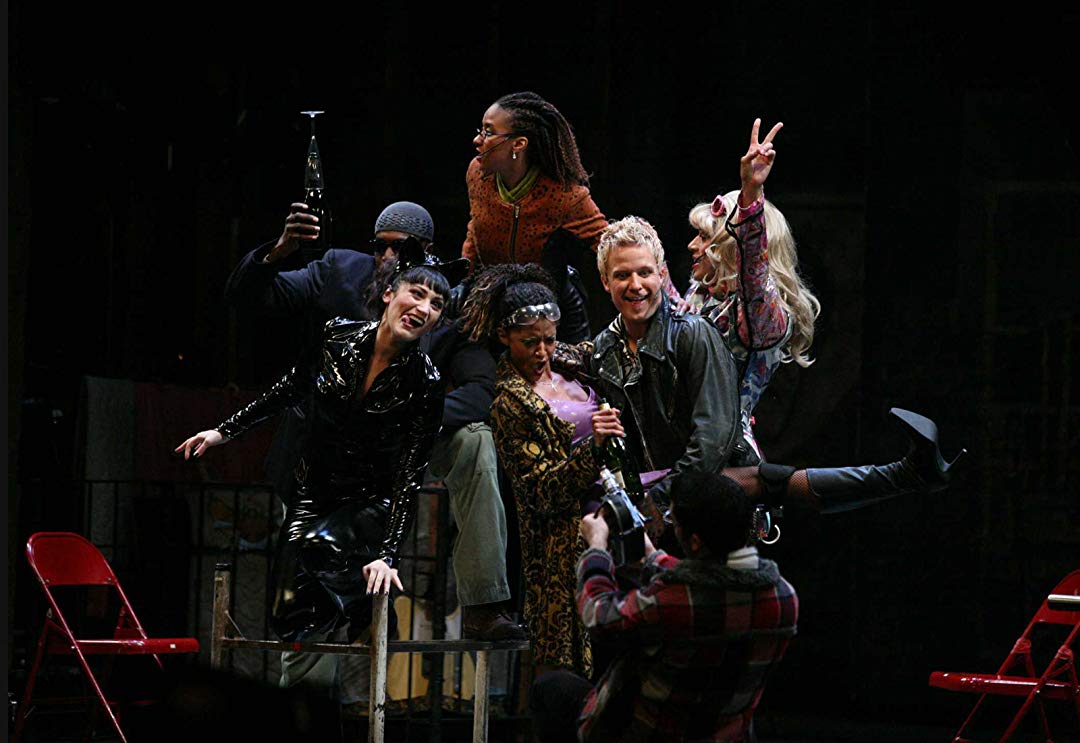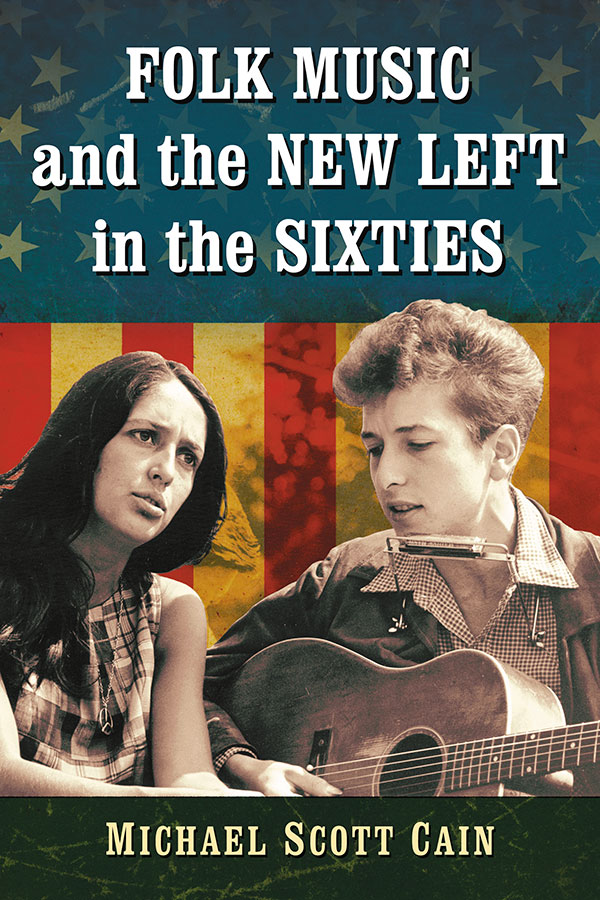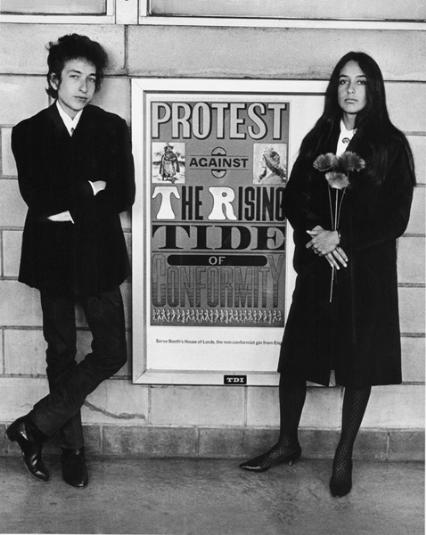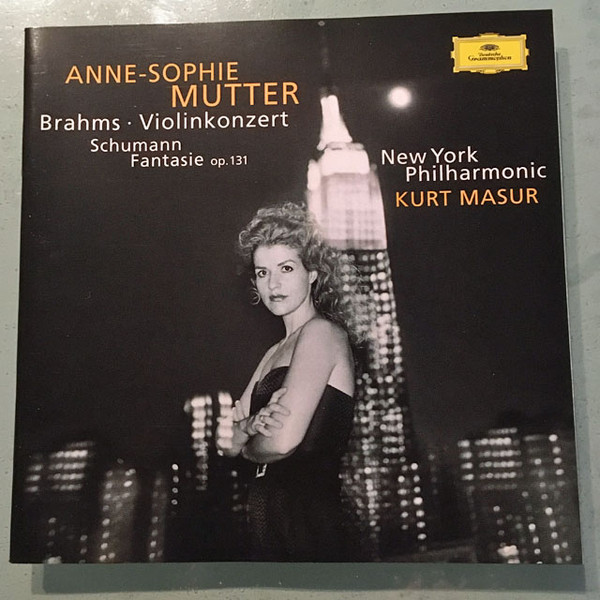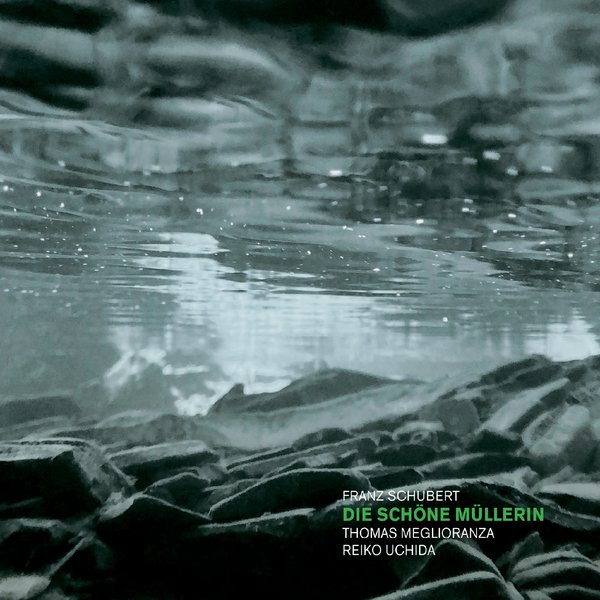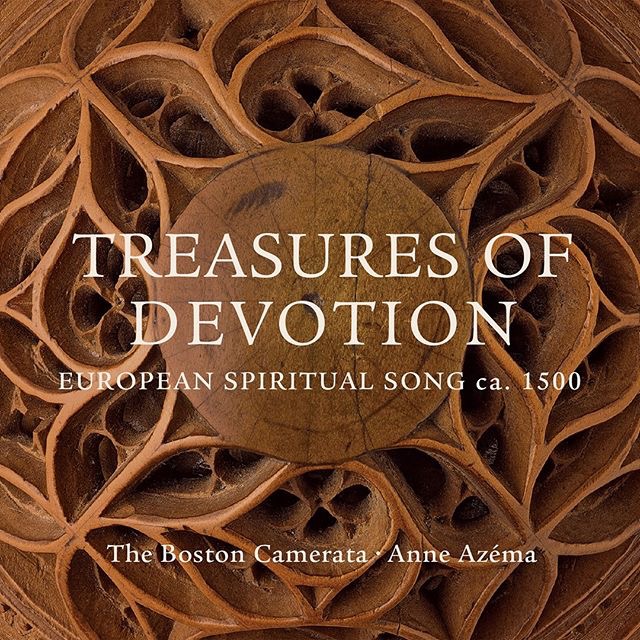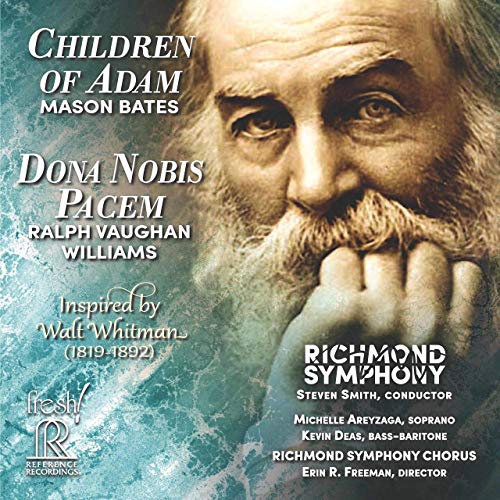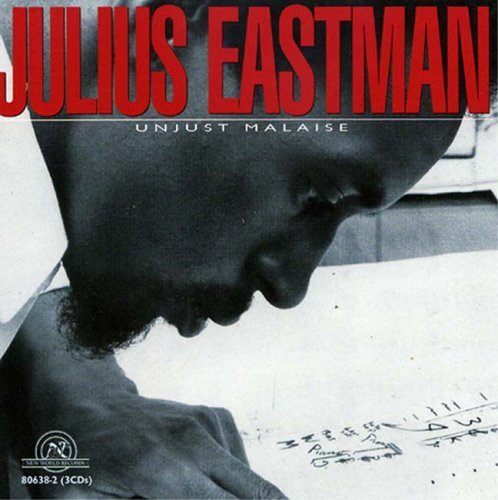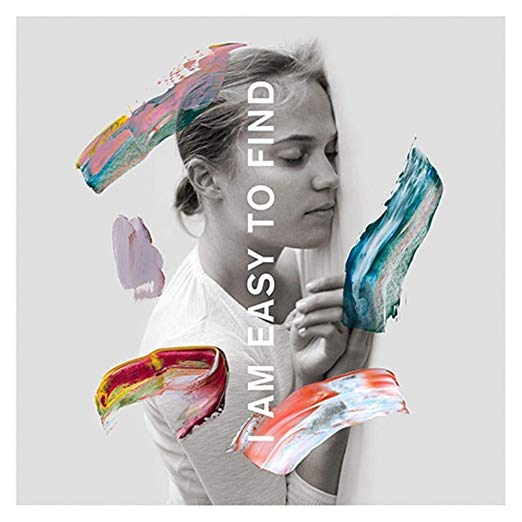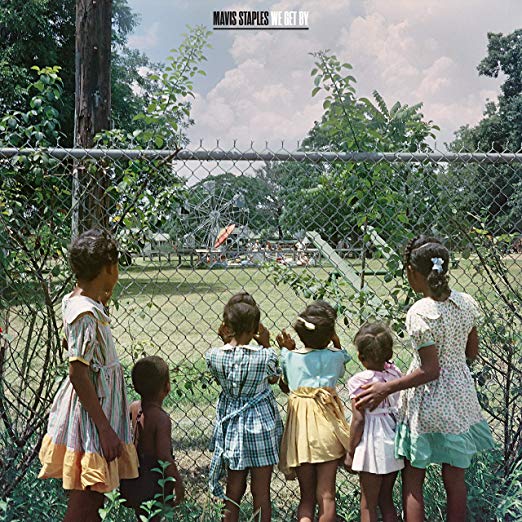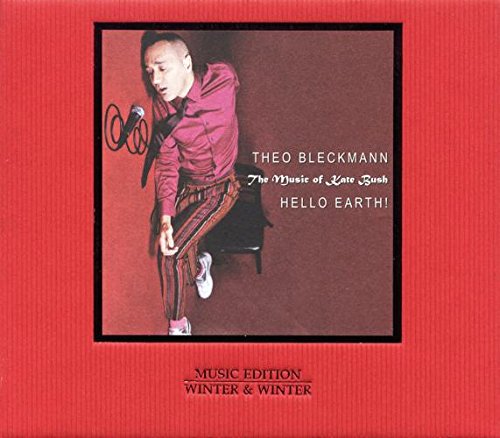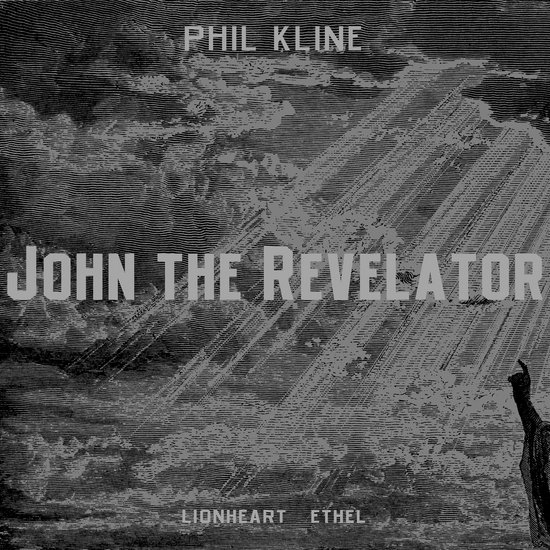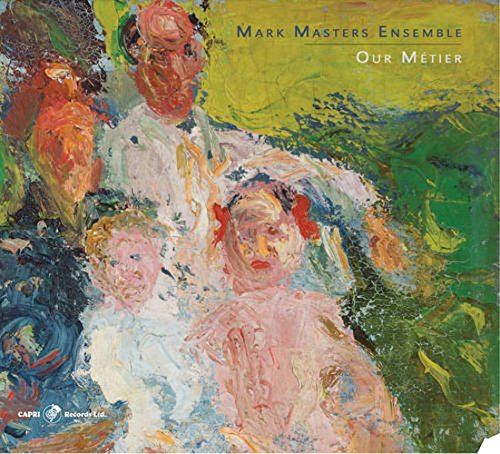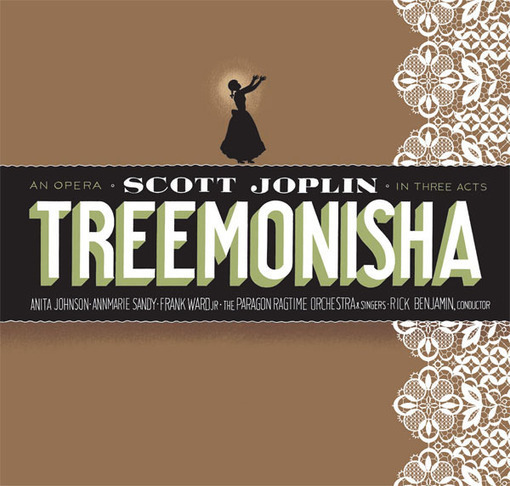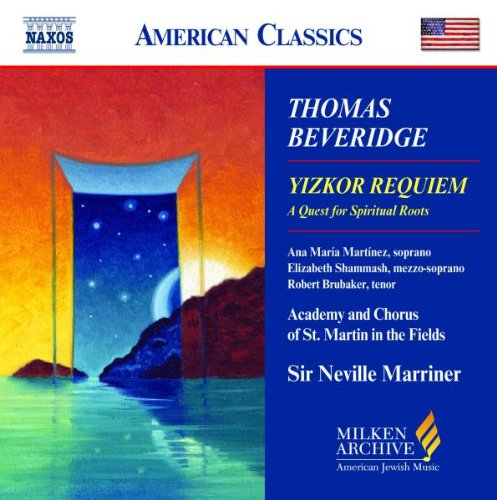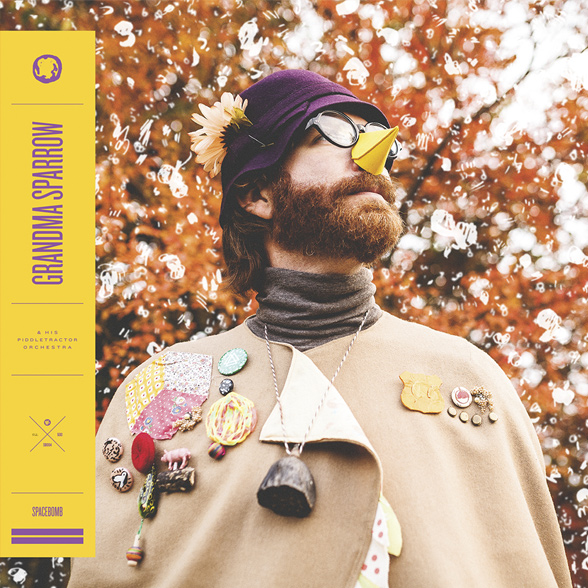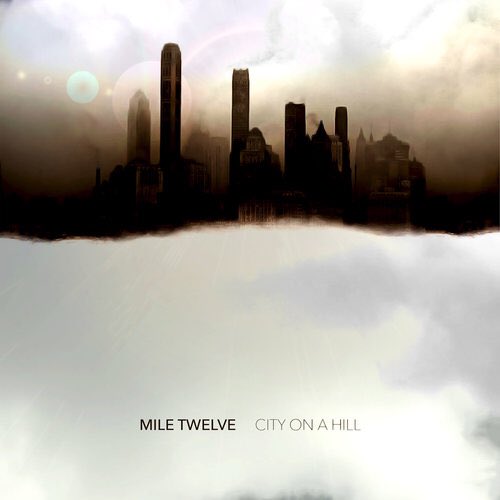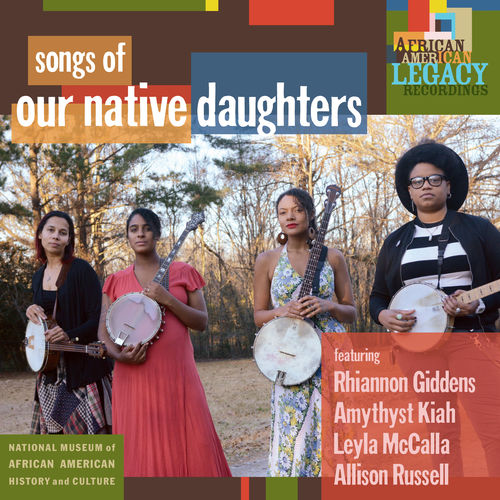Editor’s note: Arachnophonia is a regular feature on our blog where members of the UR community can share their thoughts about resources from the Parsons Music Library‘s collection.
All links included in these posts will take you to either the library catalog record for the item in question or to additional relevant information from around the web.
Today’s installment of Arachnophonia is by student worker Danny (class of 2023) and features the popular musical Les Miserables. Thanks, Danny!
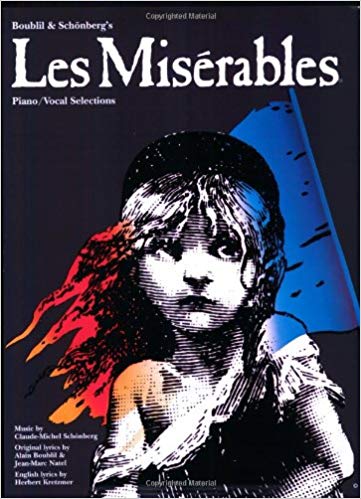
At the end of the day, as I leave my shift and head off back to my dorm, I’m on my own. By myself, I have time to decompress and utilize that time to think about everything that is happening in my life. Most days, my thoughts are filled with happiness and satisfaction with the day’s events. Other days, my thoughts are foggy, due to the fatigue caused by the emotionally and mentally draining events of the day. Turning right outside of the Modlin Center for the Arts, I traverse back to my castle on the cloud, Lora Robins court. Once I arrive, I slump into my bed as I dream a dream.
As if it was not evident enough, certain phrases such as “on my own,” “in my life,” “turning,” “castle on the cloud,” and “I dream (ed) a dream” all contain one commonality; they are all wonderful masterpieces in the Broadway musical, Les Miserables. So, it is no question to assume that I was absolutely awestruck when I saw the Les Miserables piano/vocal score on the shelf. After years of looking, I had finally found the book that I had searched for all this time.
What makes this specific piece of music so compelling and important to me?
Les Miserables opened me to the world of theatre, Broadway, piano, and French history. To begin, the movie for the beloved musical reached theaters on Christmas day in 2012. Never taking any attention to the 10th or 25th anniversary performances, I never thought of myself to have any interest in theatre or music itself. It seemed to almost take away from the plot and add nonsense that could stated simply through plain dialogue. It was not until 2017 where I finally gave it a chance. On a rainy day one summer afternoon, I sifted through DVDs in my parents’ movie collection, seeing the one movie I vowed I wouldn’t watch. After all these years, I could have been missing out on an absolute gem. With this in mind, I inserted the disc into my computer and watched the 2012 movie. The movie blew me away. Yes, some of the most popular actors at the time were featured in the movie, but that was not the one thing that captivated me. What made me so in love with the movie was the music. The combination of fast and slow songs, heartfelt and fierce songs, and the melodies were breathtaking. Additionally, the strings and the complexity of the orchestral score made the songs stand out even more.

It was simply beautiful. Every song had been sung with heart and every instrument combined with the rest to create a full orchestra unlike any other. With this in my mind, I went straight to youtube to find the 25th anniversary concert. Seeing the full choir in the back of the stage and the giant pit in front of the actors shocked me. I never really thought of musicals and concerts to have such grand setups and stages. So, completely awestruck of what was in front of me, I took to find other Broadway musicals that had music just like Les Miserables. Although there are none that compare exactly to it, I fell in love with everything Broadway. It even prompted me to join my school musical and do something that years prior I thought was not interesting.
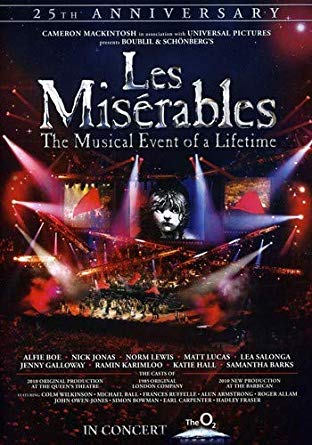
Now Les Miserables still touches me. On top of everything mentioned, it is what made me want to learn piano. The music was so beautiful that I knew that I wanted more of an experience with the pieces. I did not just want to sing the songs or listen to them through my headphones; I wanted to play them. So, after finding the sheet music at the library here at the University of Richmond, I took to the practice rooms and began to teach myself the piano. The very first song I learned was “Stars.” A simpler yet more heartfelt song, this song was one of the ones that made me so obsessed with the musical. Because of the impact Les Mis had on my life, it was a no-brainer to choose it, filled with drama surrounding love and revolution, with characters experiencing danger and confrontation at every corner.

